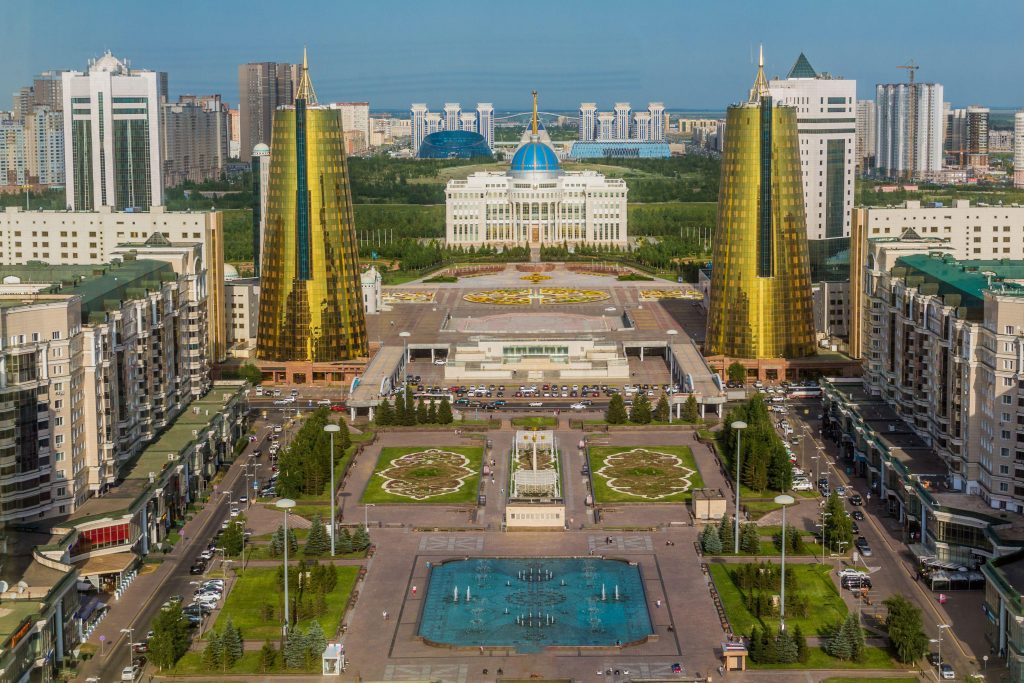NUR-SULTAN
Kazakhstan’s economy started recovery last year and expanded by 4 percent backed by a growth in the real sector.
The country’s President Kassym-Jomart Tokayev told the government meeting that the processing industry expanded by 5.5 percent, the construction – by 7.6 percent, while trade increased by 9.2 percent and the transport sector – by 3.6 percent.
Kazakhstan’s economy first returned to growth in the first half of 2021 after months of contraction. Gross domestic product (GDP) contracted by 2.6 percent in 2020.
The country’s priority oil sector has been demonstrating lower than projected figures last year amid the OPEC+ oil production restrictions.
Tokayev said that annual inflation exceeded the target and amounted to 8.4 percent last year.
Kazakhstan has projected its GDP growth at 3.9 percent in 2022. The country’s state budget for the next three years is based on average oil price at $60 per barrel, up from $50 in 2021.
The non-resource sector will become one of the main drivers of growth and a key factor in the sustainability of the economy this year.
The manufacturing industry is expected to grow at an average 4.1 percent outpacing the growth rates of the mining industry expected to stand at 3.9 percent.
Oil production in 2022 will be 87.9 million tonnes with an increase to 107.4 million tonnes in 2026. The increase in oil production will be driven by Debottlenecking Program of the Caspian Pipeline Consortium to increase its capacity on the Kazakhstan section in 2023.
The International Monetary Fund said in October that Kazakhstan’s GDP was projected to grow 3.3 percent in 2021 and 3.9 percent in 2022. Annual inflation was projected at 7.5 percent last year year and 5.8 percent in 2022.
The Fund said that the authorities’ policy response played a key role in mitigating the impact of the shocks on livelihoods and economic activity. Policy measures included regulating prices for socially important goods, cash transfers to vulnerable households, and targeted assistance to hard-hit sectors and small and medium-sized enterprises, including subsidised lending and tax exemptions.
According to the World Bank’s latest projections, the economy was expected to grow 3.5 percent in 2021 followed by 3.7 percent growth in 2022, driven by the resumption of domestic activity, recovery in global demand for oil, continued fiscal support measures, and a successful national inoculation campaign against the COVID-19 virus.

